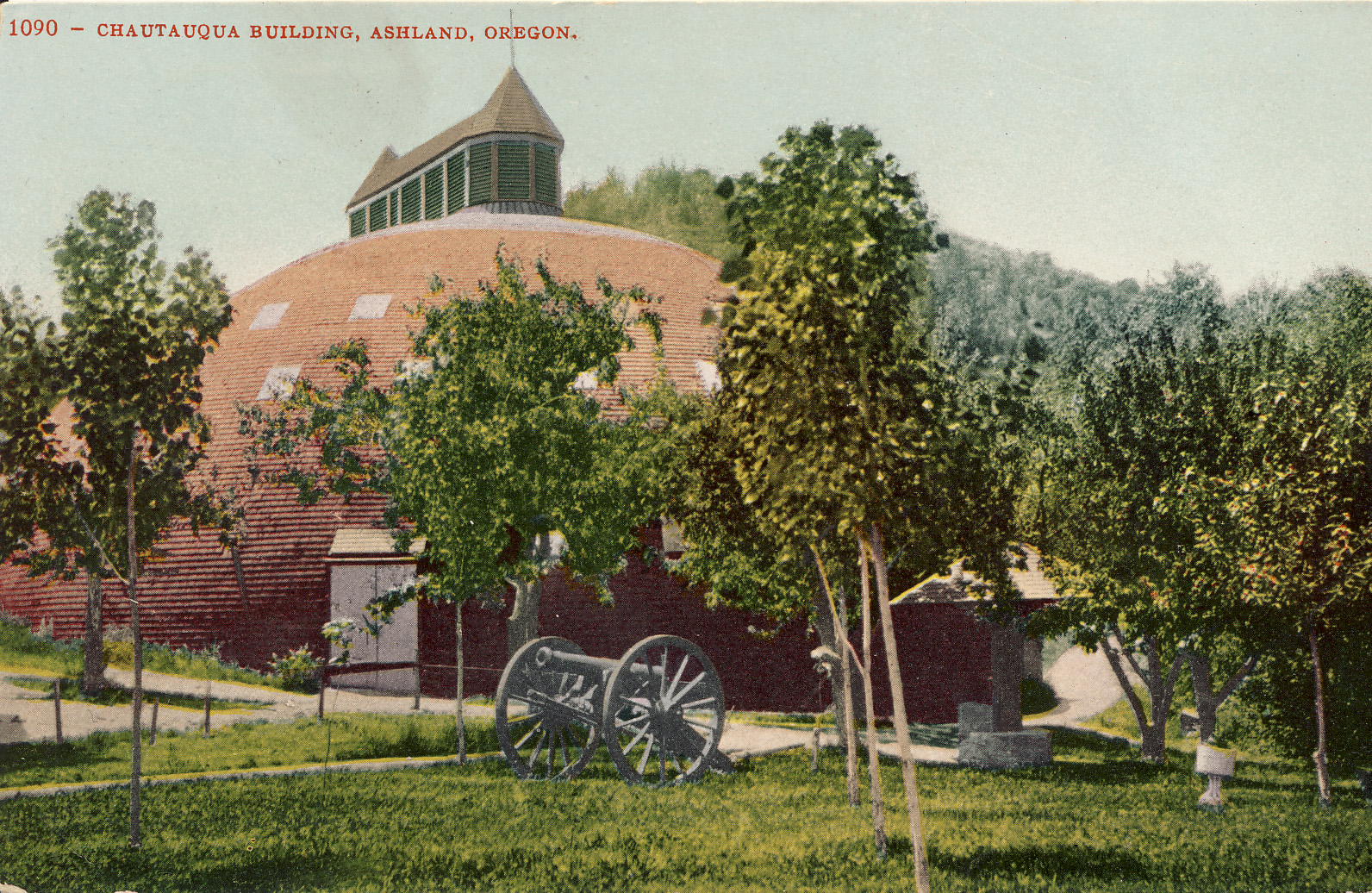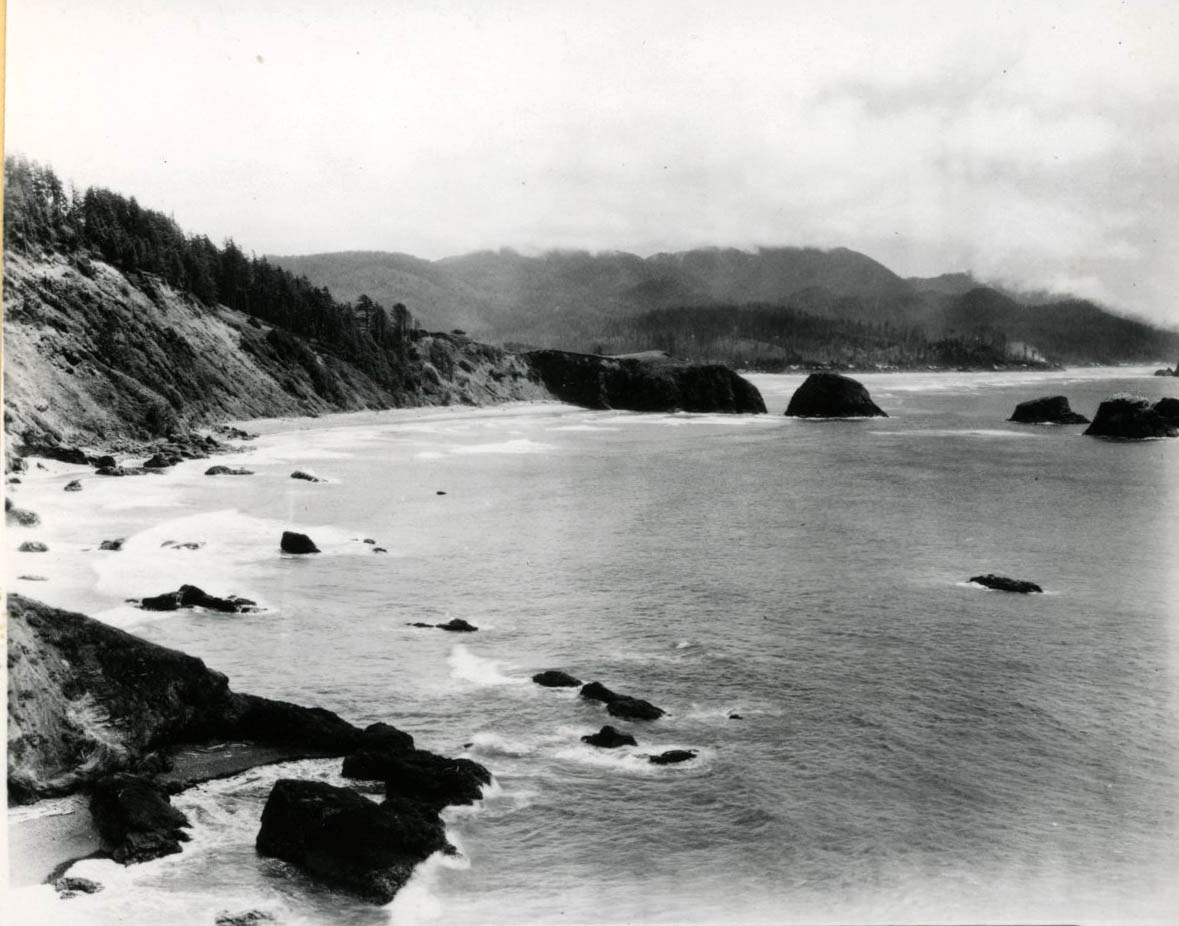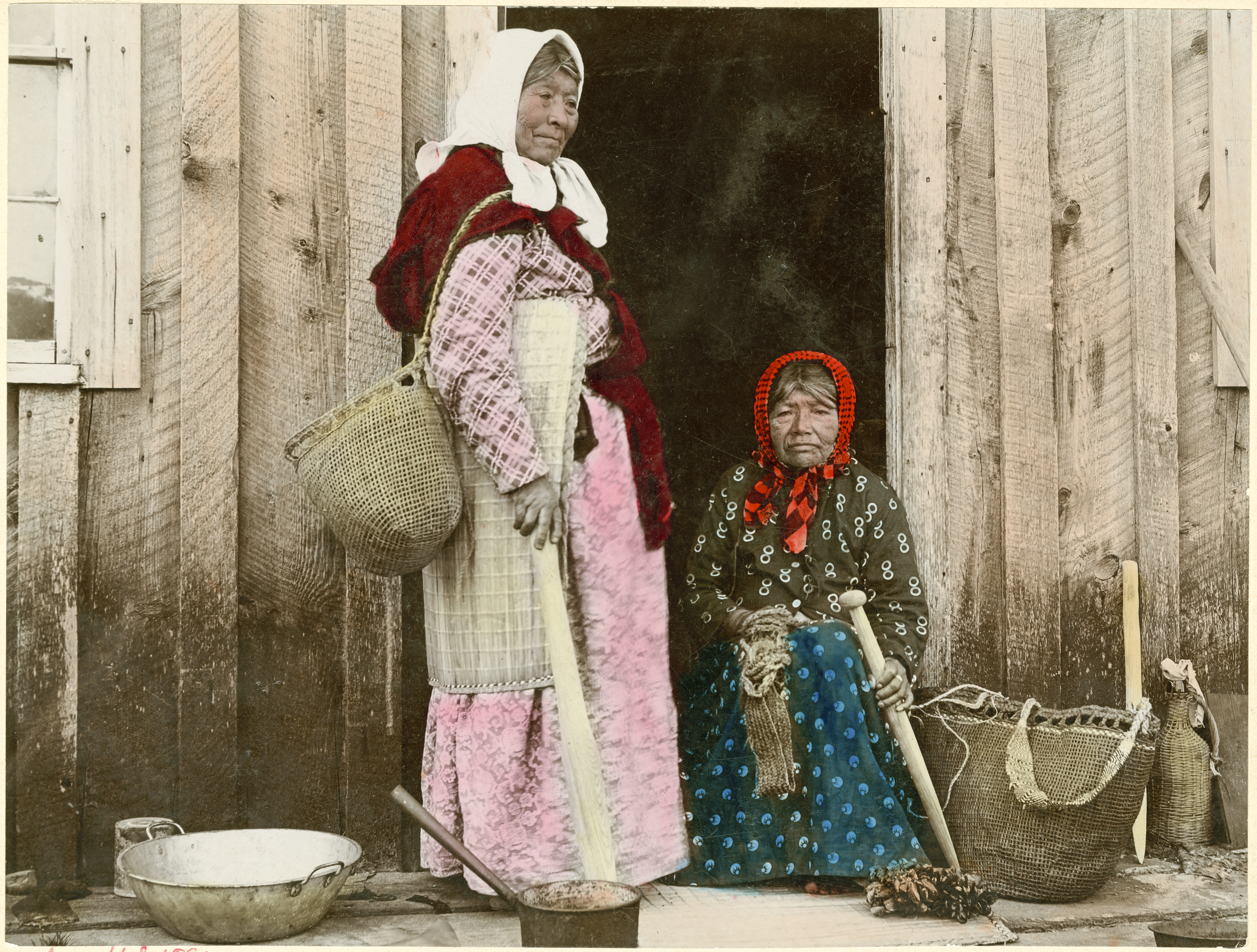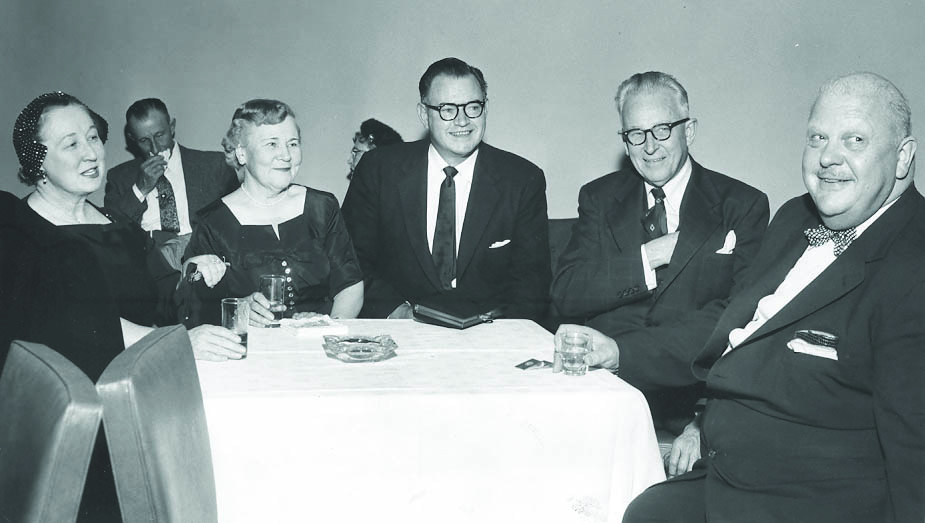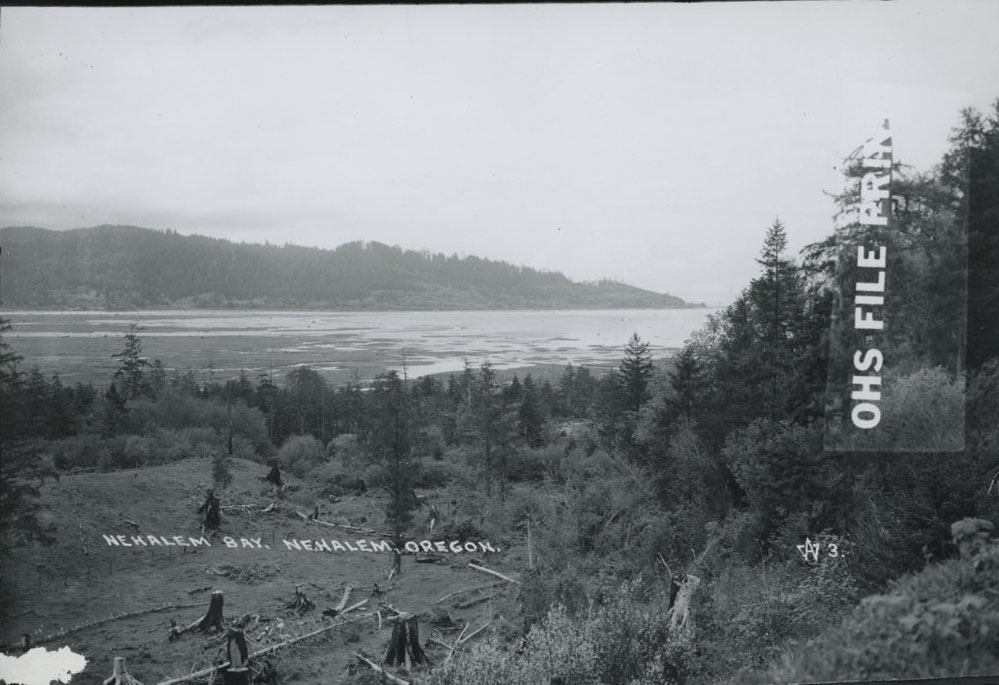The coastal town of Gearhart, with a 2021 population of 1,793, faces the Pacific Ocean on the north shore of the Necanicum River estuary, opposite the tourist playground of Seaside along Highway 101. Sandy beaches—with intact sand dollars, excellent razor clamming, and many species of birds—have attracted generations of visitors to the small coastal community.
Gearhart sits on the homelands of the Clatsop and Nehalem, who called the tidal wetlands and marshes at the confluence of the Necanicum, Neawanna, and Neacoxie Rivers tenasnaudits ‘where three rivers join’. By the time the Lewis and Clark Expedition arrived at the mouth of the Columbia River in December 1805, introduced diseases had taken a toll among Indians of the north Oregon Coast. From the 1830s to the early 1850s, whites who took up residence in the area squatted on the land and, after 1850, filed claims under the Oregon Donation Land Act. In 1851, the Tansy Point Treaty was signed, which guaranteed the Clatsop fishing rights and $15,000 in cash and goods. Congress never ratified the treaty.
The town of Gearhart is named for Philip Gearhart, who with his wife Margaret and four children crossed the Oregon Trail in 1848 and claimed land in a sheltered area north and east of the Necanicum estuary. Developer Marshall Kinney and his wife Narcissa White Kinney were responsible for developing Gearhart Park, the first planned resort community on the Oregon Coast. They platted the town to highlight the area’s sandy beaches, spruce forest, dune meadows, and quiet streams.
The original plat in 1890 was a residential area between Cottage Avenue and Neacoxie Creek, with a designated pedestrian throughway named the Ridge Path. From 1890 to 1905, the Kinneys helped bring the railroad to Gearhart and built the first Gearhart Hotel and the Chautauqua Literary and Scientific Circle auditorium. Gearhart Park was meant to appeal to cultural interests rather than the economic elite, and no restrictions were placed on the type of structure that could be built. The earliest homes were modest, seasonal cottages along the Ridge Path that were occupied primarily by women and children staying for the summer, and many of the properties were held in women's names. Working men took the Portland Express, or “Daddy train,” from Portland to Gearhart Park Station, by way of Astoria, on the weekends.
Started in 1888 by a small group of people from Scotland, the Gearhart Golf Links officially opened in 1902 with three holes of links-style golf for guests at the Gearhart Hotel. One of the oldest courses west of the Mississippi, the course still operates, with eighteen holes on a hundred acres of land.
The Gearhart School District was created in 1909, and the first school was built in 1911. Situated on the Ridge Path, the original school was restored and is now a private residence. The auxiliary building was purchased by the Trails End Art Association and is now a community arts center.
The City of Gearhart was incorporated in 1918 after a series of disastrous fires. The first hotel caught fire in 1913 and again in 1915. Volunteers from the Seaside Volunteer Fire Department used hose carts to fight the blazes but found there were no fire hydrants in Gearhart. To support their own fire department and ensure a dependable water supply, permanent residents needed a municipal government to levy taxes. Twenty-five residents signed a petition for a special election. William Samuel Badger, who signed the original charter, was appointed to the city council, making him the first documented African American to hold public office in Oregon. One of the first actions of the new government, under the leadership of Mayor P. A. Lee, was the installation of fifty electric street lamps.
The Gearhart Hotel was a coastal landmark and an integral part of the community. Celebrities stayed at the hotel, including master chef and culinary author James Beard, who began summering in Gearhart in 1906. The fire-plagued hotel was torn down in 1972 and condominiums were built west of it. Designed to represent the historic Gearhart Hotel, the 20,000-square-foot Cape Cod-style Kelly House was built on the site in 2000. Tim Boyle, president of Columbia Sportswear, bought the building and brought in McMenamins to run the Sand Trap Pub and Gearhart Hotel.
In 1998, the wetlands near Gearhart were conserved by the North Coast Land Conservancy as the Neawanna Point Habitat Reserve to prevent further development. In a historic move in 2020, the conservancy returned the land to the Clatsop-Nehalem Tribes. Now known to the Clatsop as Ne-ah-coxie ‘place of little pines’, it was the first property the tribe reclaimed in two hundred years.
The town has retained much of its park-like character and design, so much so that it has attracted a herd of more than 150 Roosevelt elk. The sometimes troublesome Gearhart elk graze the golf course and local gardens, stroll along Pacific Way, and spend time in the surf alongside the residents and tourists.
-
![]()
Gearhart Park boardwalk, 1897.
Oregon Historical Society Research Library, ba010096, photo file 430D
-
![]()
Golfing in Gearhart, 1910.
Oregon Historical Society Research Library, OrgLot78_B6F4_002 -
![]()
Gearhart Grocery.
Oregon Historical Society Research Library, ba010095, photo file 430D
-
![]()
Grand Hotel, Gearhart.
Oregon Historical Society Research Library, Fred Kiser, ba010041 -
![]()
"Daddy Train" tracks, Astoria & Columbia River Railroad, Gearhart Park.
Oregon Historical Society Research Library, ba010149, photo file 430G
-
![]()
Gearhart Hotel.
Oregon Historical Society Research Library, ba010138, photo file 430G
-
![]()
Main St., Gearhart.
Oregon Historical Society Research Library, ba010017, photo file 430A
-
![]()
Gearhart depot.
Oregon Historical Society Research Library, ba010093, photo file 430D
-
![]()
Summer cottages, Gearhart.
Oregon Historical Society Research Library, ba009994, photo file 430A
-
![]()
Gearhart beach.
Oregon Historical Society Research Library, ba010003, photo file 430A
-
![]()
Gearhart, downtown.
Oregon Historical Society Research Library, ba009996, photo file 430A
-
![]()
Hotel Gearhart-by-the-Sea boulevard.
Oregon Historical Society Research Library, ba010151, photo file 430G
-
![]()
Hotel Gearhart-by-the-Sea, 1912.
Oregon Historical Society Research Library, ba010608, photo file 430A
-
![]()
Golf links, Gearhart.
Oregon Historical Society Research Library, OrgLot78_B6F4_001 -
![]()
Gearhart with Tillamook Head in the Distance, c. 1926-1939.
Oregon Historical Society Research Library, Digital Collections, OrgLot1424_Album452_012.
Related Entries
-
![Astoria and Columbia River Railroad]()
Astoria and Columbia River Railroad
Ever since Astoria was founded at the mouth of the Columbia River in 18…
-
![Chautauqua in Oregon]()
Chautauqua in Oregon
An 1874 summer camp to train Methodist Sunday school teachers seems an …
-
![Ecola State Park]()
Ecola State Park
Ecola State Park stretches for 1,023 acres from the north end of Cannon…
-
![Indian Place (Seaside)]()
Indian Place (Seaside)
Indian Place was a Native community on the Necanicum River estuary in p…
-
![James Beard (1903-1985)]()
James Beard (1903-1985)
Known as the Dean of American Cookery, James Beard hosted the first coo…
-
![Nehalem Bay State Park]()
Nehalem Bay State Park
Nehalem Bay State Park occupies almost 900 acres on a sand spit separat…
Related Historical Records
Map This on the Oregon History WayFinder
The Oregon History Wayfinder is an interactive map that identifies significant places, people, and events in Oregon history.
Further Reading
Berg, William. Gearhart Remembered: An Informal History. Portland, Ore.: Gearhart Homeowners Association, 2000.
Miller, Emma Gene. Clatsop County Oregon: Its History, Legends, and Industries. Portland, Ore.: Binfords & Mort, 1956.

















